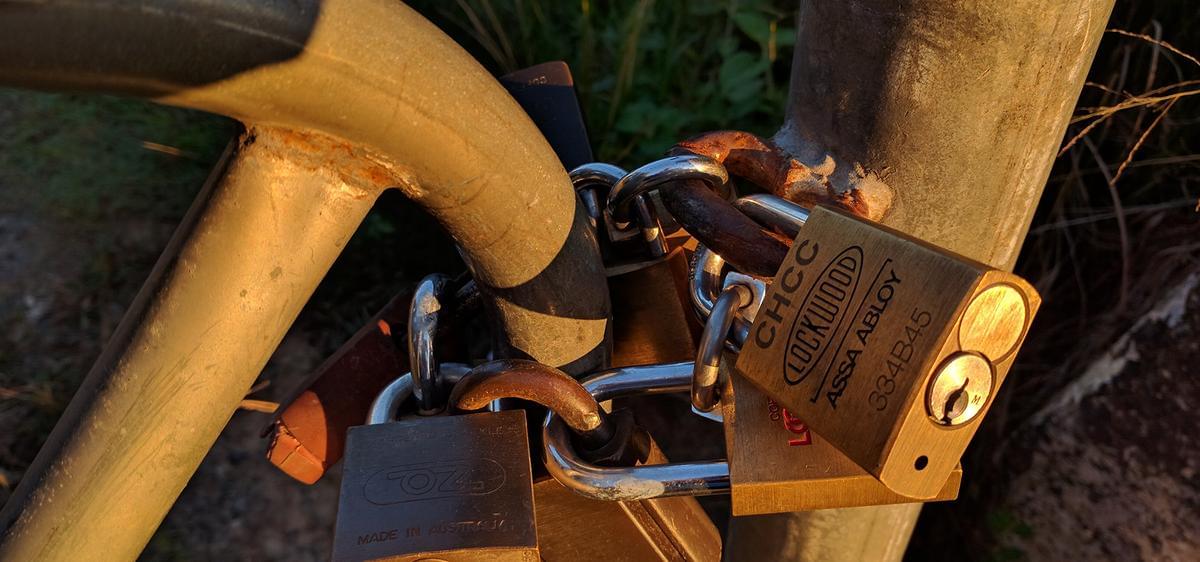The Habit Loop
The chains of habit are generally too small to be felt until they are too strong to be broken.

A habit is something you can do without thinking — which is why most of us have so many of them. – Frank A. Clark.
We are, for the most part a collection of habits. A collection of emotional, physical and intellectual habits, systematically organised for our brains optimisation. Manifesting themselves in our character, businesses, social groups and cultures.
It might appear that the choices we make each day are the product of a well thought out conscious decision, but they are not. They are habits. On its own a habit doesn’t seem like much, but as a collective they shape the way we behave and ultimately our character. “You are what you do, not what you say you’ll do.” – C.G. Jung.
Habits allow us to undertake tasks with difficulty the first time, but then over time with increasing ease and final in a semi-autonomous mode.

The Power of Habit - Why we do what we do in life and business
Charles Duhigg in his book “The Power of Habit - Why we do what we do in life and business” breaks habits down into a three-step loop, the habit loop:
- Cue: first a trigger, that tells our brain to go into automatic mode and to use routine 1423;
- Routine: Now in autonomous mode, the brain steps through the pre defined 1243 routine – which can be emotional, physical or intellectual;
- Reward: finally, a reward reinforces the routine. Helping the brain figure out if the particular routine – loop – is worth remembering;

The Habit Loop
Habits emerge without permission because our brains are constantly looking for ways to save effort. Left to its own devices, the brain will try to make almost any routine into a habit, because habits allow our minds to ramp down more often and conserve mental energy. Any behaviour that can be reduced to a routine is one less behaviour that we must spend time and energy consciously thinking about and deciding upon. Habits free up time and energy for other matters.
Why are habits so powerful? It is because they create neurological cravings. Over time, the habit loop - cue, routine, reward; cue, routine, reward - becomes more and more automatic. The cue ends up being so bound up with the reward that the cue itself will trigger a craving for the reward: “the cue and reward become intertwined until a powerful sense of anticipation and craving emerge" – Charles Duhigg . Most of the time, these cravings emerge so gradually that we’re not really aware they exist, so we’re often blind to their influence. But as we associate cues with certain rewards, a subconscious craving emerges in our brains that starts the habit loop spinning.
Habits could be brought about by a craving for positive emotions, or accomplishment or relationships. Almost all habit cues fall into one of five categories:
- Location
- Time
- Emotional state
- Other people
- The immediately preceding action
For example every McDonald’s looks the same - the company deliberately tries to standardise stores’ architecture and what employees say to customers, so everything is a consistent cue to trigger eating routines. The sound a Coca-Cola can makes when you open it. The foaming of your tooth paste. Why you always enter a Supermarket on the left hand side and the fresh food is first.
The chains of habit are generally too small to be felt until they are too strong to be broken. – Samuel Johnson.
